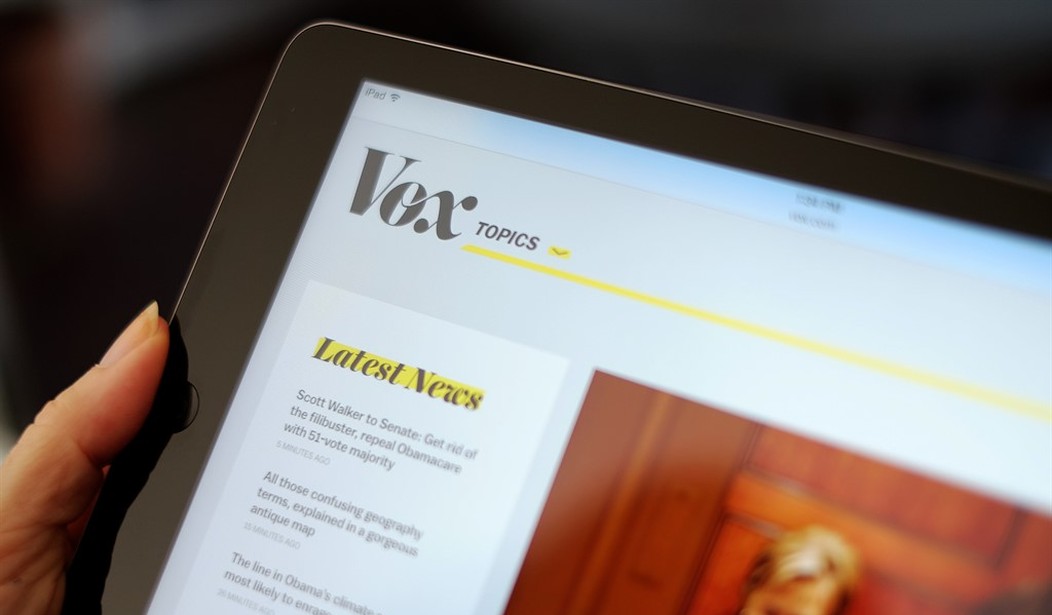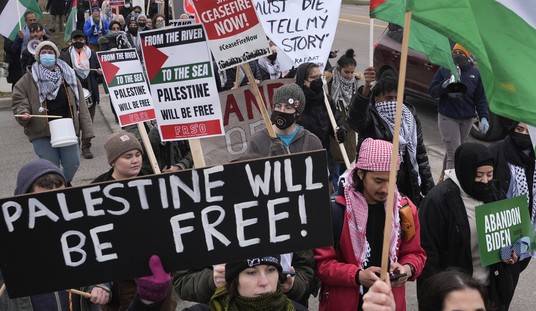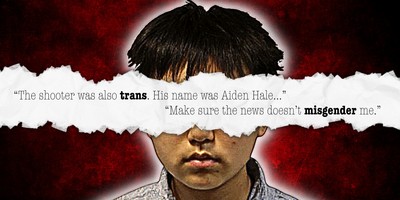We've discussed the media's profound bias on gun-related issues in the past -- and one feature of said bias is a striking ignorance about both policy specifics, as well as guns themselves. The latter is almost a point of pride among some gun control supporting journalists. 'Guns are icky and evil, and we're glad we don't know more about them. So what if we butcher terminology? Such details are pedantic.' That attitude was on full display following the sickening mass shooting in Texas over the weekend. Here's a left-wing member of the media scolding a longtime law enforcement official and media commentator for suggesting that people ought to pay attention to correct terms and basic facts as we debate potential policy changes:
This is silly and pedantic. AR-15s are bad and you don’t need to know what the acronym stands for to understand that https://t.co/3lQspYBv66
— Aaron Rupar (@atrupar) September 2, 2019
AR-15s are, by the way, the most popular rifle in America. Just labeling them "bad," as if any further discussion is unnecessary, is lazy activism. It's certainly not journalism. This anti-intellectual tweet was roundly slammed on the center-right:
.@JamesAGagliano, a career law enforcement agent and subject-matter expert: “here are some basic facts about a weapon system, so we can discuss it accurately.”@atrupar, a “journalist”: stop discussing the facts, those are irrelevant. https://t.co/I9Fc1mRoOy
— James Hasson (@JamesHasson20) September 2, 2019
It's amazing how people are quick to dismiss the idea that you have to know what you're talking about when it comes to guns. If you try to apply that "logic" to any other topic and you'll be rightfully ridiculed. How is it helpful to be misinformed on a hotly debated issue? https://t.co/HkdtIkpJil
— Julio Rosas (@Julio_Rosas11) September 2, 2019
Rupar then issued a follow-up emotional appeal, which did not end well for him, as a parent of a high schooler killed in an infamous massacre stepped in with this rebuke:
Recommended
I am that someone.
— Ryan Petty (@rpetty) September 2, 2019
Precision in language is vital. As a journalist this should not be an arcane concept for you. https://t.co/0M6OjFxCM5
For those interested in facts, the following research is interesting. Mass shootings are still quite rare, the gun homicide rate is still way down from multi-decade highs, but the large scale shootings that do occur have increased in frequency and deadliness:
If you look at mass shootings over time, two things are alarmingly clear: The attacks are becoming far more frequent, and they are getting deadlier. We’ve studied every public mass shooting since 1966 for a project funded by the National Institute of Justice, the research arm of the U.S. Department of Justice. Our research spans more than 50 years, yet 20% of the 164 cases in our database occurred in the last five years. More than half of the shootings have occurred since 2000 and 33% since 2010. The deadliest years yet were 2017 and 2018, and this year is shaping up to rival them...For decades, the toll of mass shootings has risen steadily. During the 1970s, mass shootings claimed an average of 5.7 lives per year. In the 1980s, the average rose to 14. In the 1990s it reached 21; in the 2000s, 23.5. This decade has seen a far sharper rise. Today, the average is 51 deaths per year. Mass shootings still represent just one-half of 1% of the more than 14,000 firearm-caused homicides per year in the United States, but while the number of homicides overall has declined in recent years, the number of mass shootings continues to surge.
These professors, writing in the Los Angeles Times, discuss a so-called 'contagion' effect, including the role the media plays in this macabre pattern. This is the reason why I refuse to name spree shooters across my various platforms:
The validation process is self-sustaining. Like genre conventions in movies and pop culture, mass shooters today are conforming to expectations of what mass shooters do. They post their pet ideologies on the internet, use similar-style assault rifles, and try to top the death count of those who came before. We too are conforming. Politicians and civic leaders offer thoughts and prayers. The media feature the victims’ families, cover the funerals and probe the killers’ backgrounds. And we try to “harden” targets, putting children through rituals of lockdown drills and equipping them with bulletproof backpacks for school. Studies estimate that in the aftermath of their attacks, mass killers receive approximately $75 million in free media coverage, a level professional athletes and Hollywood actors would envy. For men who feel angry, alienated and anonymous, the incentives to perform are appealing. And bigger body counts mean bigger headlines. One recently thwarted shooter posted that, “A good 100 kills would be nice,” and another wanted to “break a world record.”
If the media is interested in being a productive force in the debate over gun rights, they should bother to learn about the subject, communicate accurately, and avoid glaring errors. Media figures should also examine important empirical analyses that cut against their groupthink. And they should carefully consider how they cover atrocities as they unfold, especially vis-a-vis the suspects. I'll leave you with Beto O'Rourke, amid his profanity-laden "passion" tour, flat-out endorsing government confiscating rifles from millions of law-abiding gun owners. What does the rest of the 2020 field think of "mandatory buy-backs"? And have any of them considered that the least likely people to comply with a "buy-back" regime (the government cannot buy back guns that it never owned or controlled in the first place) are, you know, criminals?
Robert Francis O’Rourke announces that if he's elected he is going to confiscate your guns:
— Ryan Saavedra (@RealSaavedra) September 1, 2019
Reporter: How do you address fears that the government is going to confiscate people's semi-auto firearms?
O’Rourke: “I want to be really clear, that’s exactly what we are going to do” pic.twitter.com/IQxIkhM1Yj
Last but not least, blaming bloodshed on one's political opponents, as a means of scoring cheap points in an overall policy debate, is really, really terrible:
so so gross https://t.co/kQraxvoNCv
— Guy Benson (@guypbenson) September 1, 2019

























Join the conversation as a VIP Member